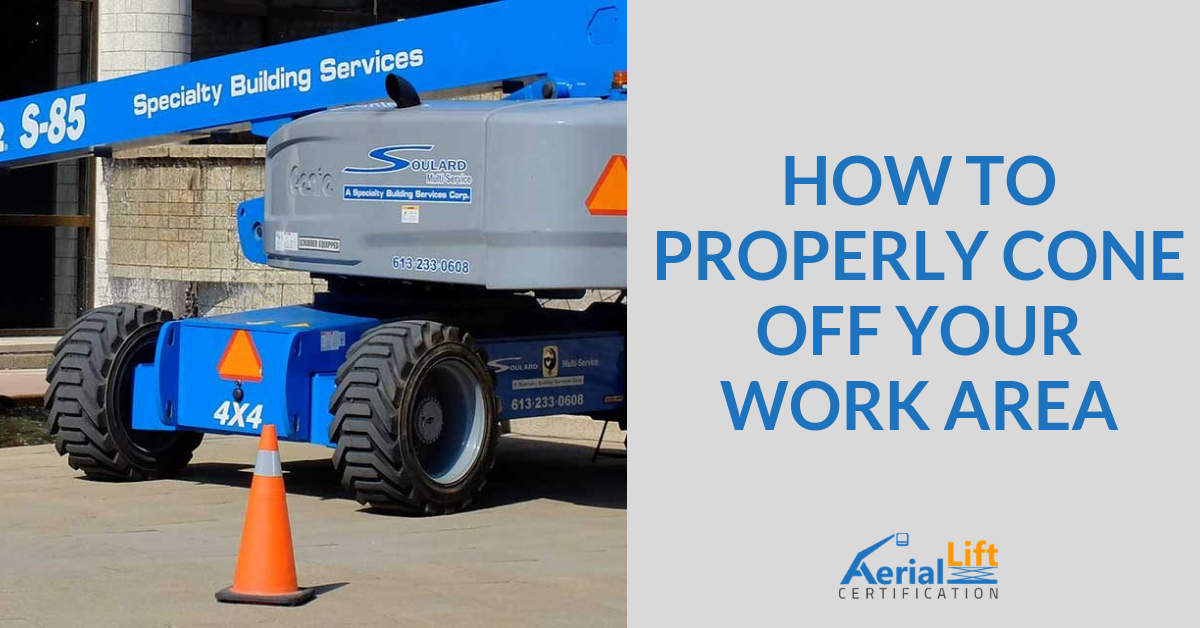Items to Inspect when Renting an Aerial Lift
Aerial lifts provide a safe, efficient way for employees to work at height. But what if your business only needs to work above ground on occasion? It doesn’t make sense to invest in buying an aerial lift that sits around most of the time. That’s when renting provides a good option.
The challenge with renting is selecting the right lift for the job. Some of the most commonly used include:
- Electric scissor lifts
- Rough-terrain scissor lifts
- Personnel lifts
- Electric boom lifts
- Straight telescopic booms
- Articulated knuckle booms
- Towable boom lifts
- Atrium lifts
Each of these lifts has different features and capabilities. Each is best suited for specific job applications. So it’s not as simple as going down to the neighborhood U-Haul and renting a truck based solely on size or capacity. Many factors need to be considered. These include the type of job, how many workers will need to be on the lift, job site location and more.
If you’ve never rented an aerial lift, it helps to understand the different types of lifts, what jobs they are best suited for and how they operate. Once you have a basic understanding of all the lift options available, ask questions like:
- What is the maximum height requirement for the job?
- What are your load considerations? Does the job require more than one worker on the lift? Will it involve heavy equipment?
- Is the job indoors or outdoors?
- What is the terrain like – smooth and stable or uneven and rough?
- Are there any access challenges, such as working under a bridge or near power lines?
If you’re not sure which type of lift to rent, your local aerial lift dealer can help you make the best decision for the work you need to do.
The Pre-Rental Inspection
Once you’ve decided which aerial lift to rent, schedule a time and date to inspect it. Plan for at least 15 minutes to an hour to conduct a thorough inspection. Here’s what to look for:
-
Tire condition.
Make sure the tires have plenty of tread and the air pressure is correct. Never rent a lift with bald tires or with cracks or bulges on the tire walls.
-
Safety features.
Does the lift have harnesses, sturdy guard rails, alert signals and other important safety features? Test them to make sure they work properly.
-
Accident history.
Ask if the lift has been in an accident. If so, have the dealer provide full details of the accident. This should include what caused the accident, any damage to the lift, and what repairs were needed.
-
Mechanical or structural flaws.
If the lift shows signs of external damage, ask the dealer to explain happened.
Ask to see the maintenance history of the lift you plan to rent. Has basic maintenance been performed on time? What repairs have been made and when?
-
Operating expenses.
In addition to the cost of the rental, you’ll also want to know the cost of operating the lift. How much fuel will it take to get to the job site? What are the energy costs during use?
After completing your inspection at the dealership, go online to do more research. Read user recommendations and reviews of the dealer and the lift. Pay close attention to any safety recalls. The more you know about the lift and the dealer, the better.
The Job Site Inspection
Before takeoff, airplane pilots always walk around and underneath the plane to look for obvious problems. When you rent a lift, always do the same because the safety of everyone on the lift depends on it. Damaged could have occurred during transit. A slow leak could have drained critical fluids. The lift could have been damaged during set up or set up incorrectly. For the safety of your workers and your business, conduct a thorough inspection that includes the following:
Operational pre-start.
Check the following:
- Oil, hydraulic fluid, fuel and coolant levels for signs of leaks
- Condition of the wheels and tires
- Loose or missing parts
Test the following:
- Steering, brakes, battery and controls
- Horns, lights and backup alarms
- All electrical systems
- Operating and emergency controls
- Personal protection equipment and devices
Jot site terrain and working conditions.
Look for:
- Holes, drop-offs, unstable surfaces, slopes, ditches and debris,
- Unsafe ceiling heights, overhead power lines and other obstructions
- Current weather conditions
- Possible severe weather, including high winds, sudden rain, etc.
- Proximity of pedestrian workers to the lift, equipment and dangerous tools
Both types of onsite inspections are needed to verify that the lift is in safe working condition. To make sure you don’t overlook anything, use an inspection checklist and always follow the manufacturer’s guidelines.
Most important, never let workers operate an aerial lift without proper training and certification. Whether your lift is rented or company owned, AerialLiftcertification.com can train your workers quickly and affordably in proper aerial lift operation and safety procedures.
